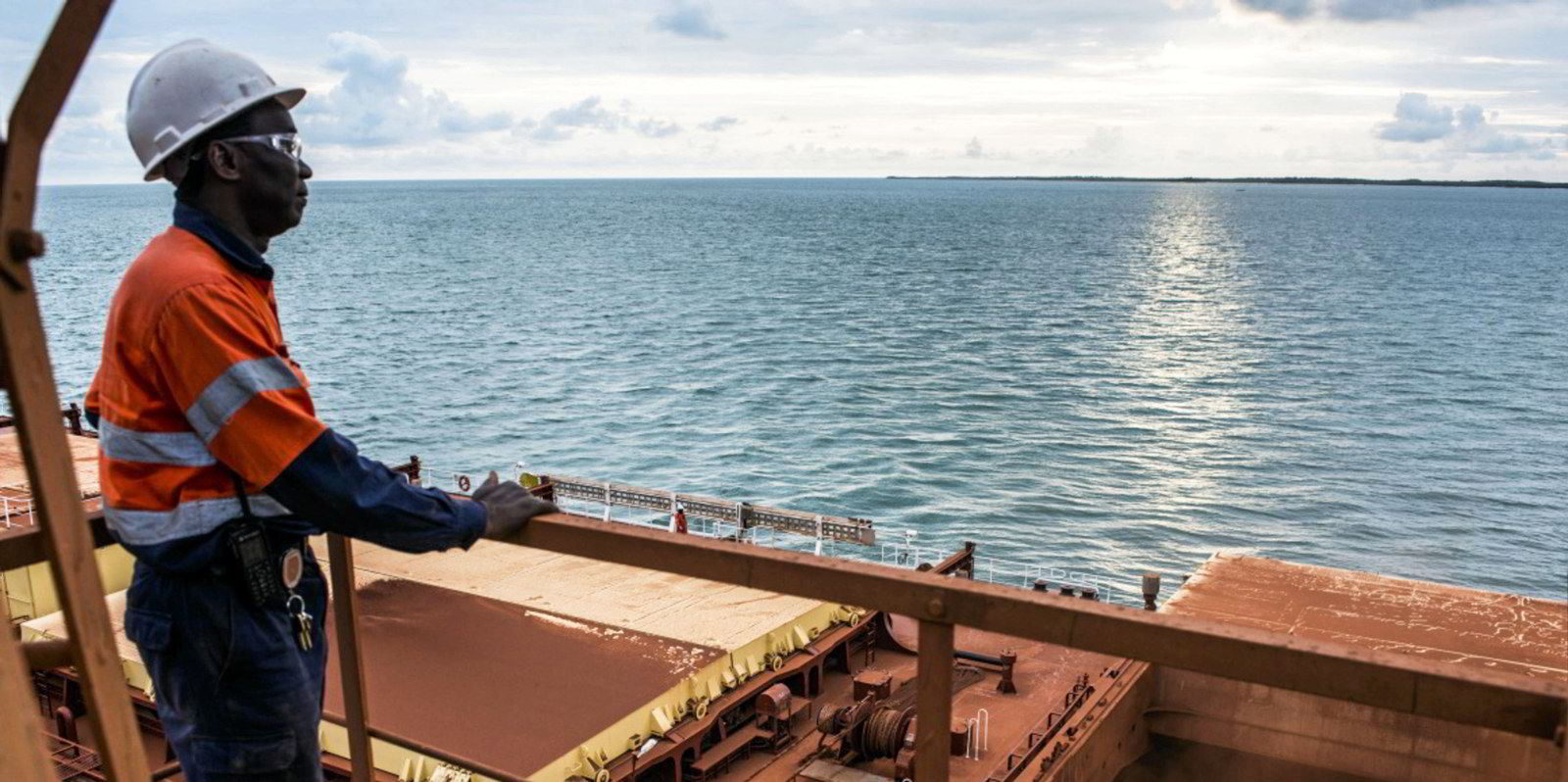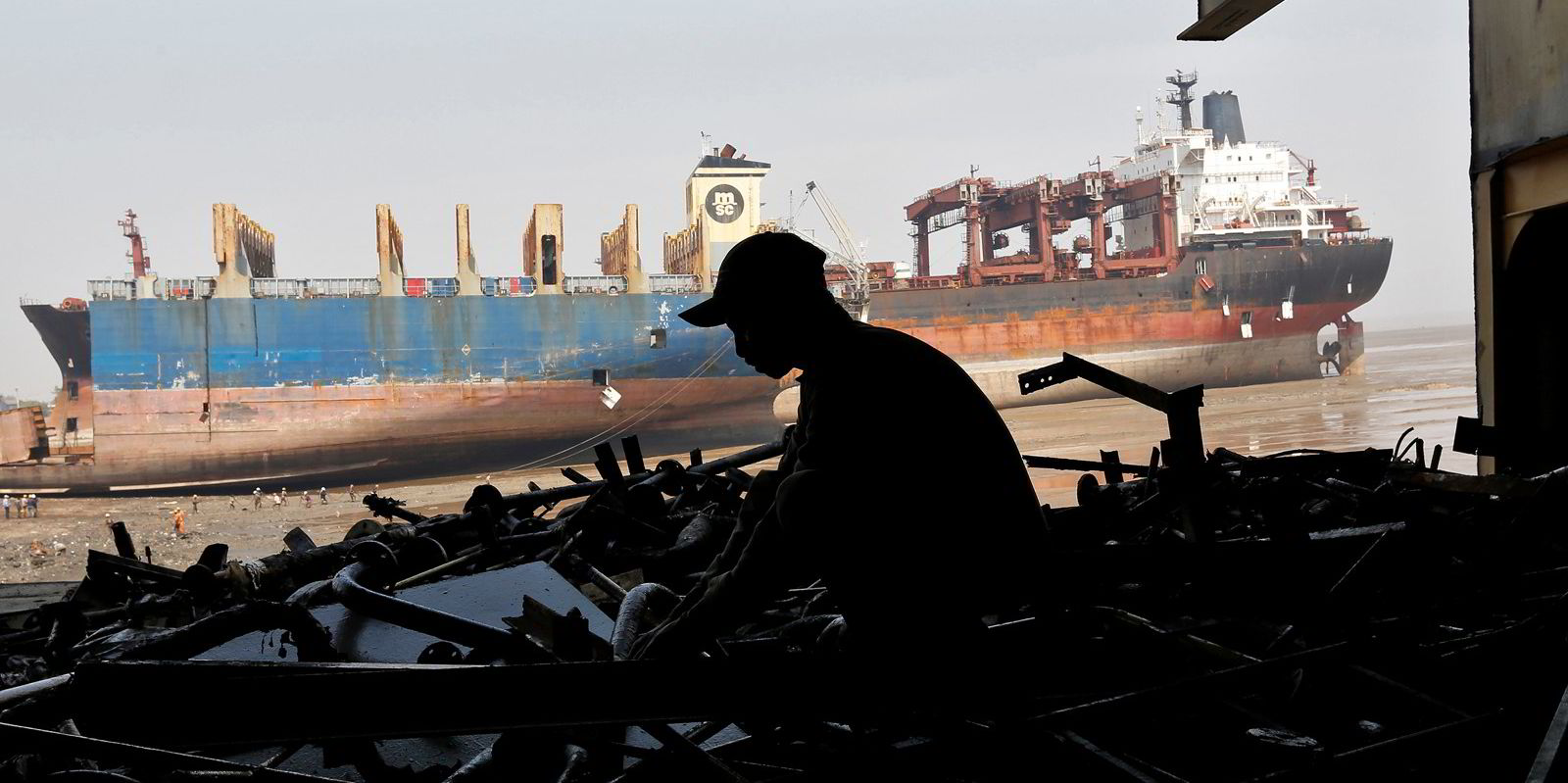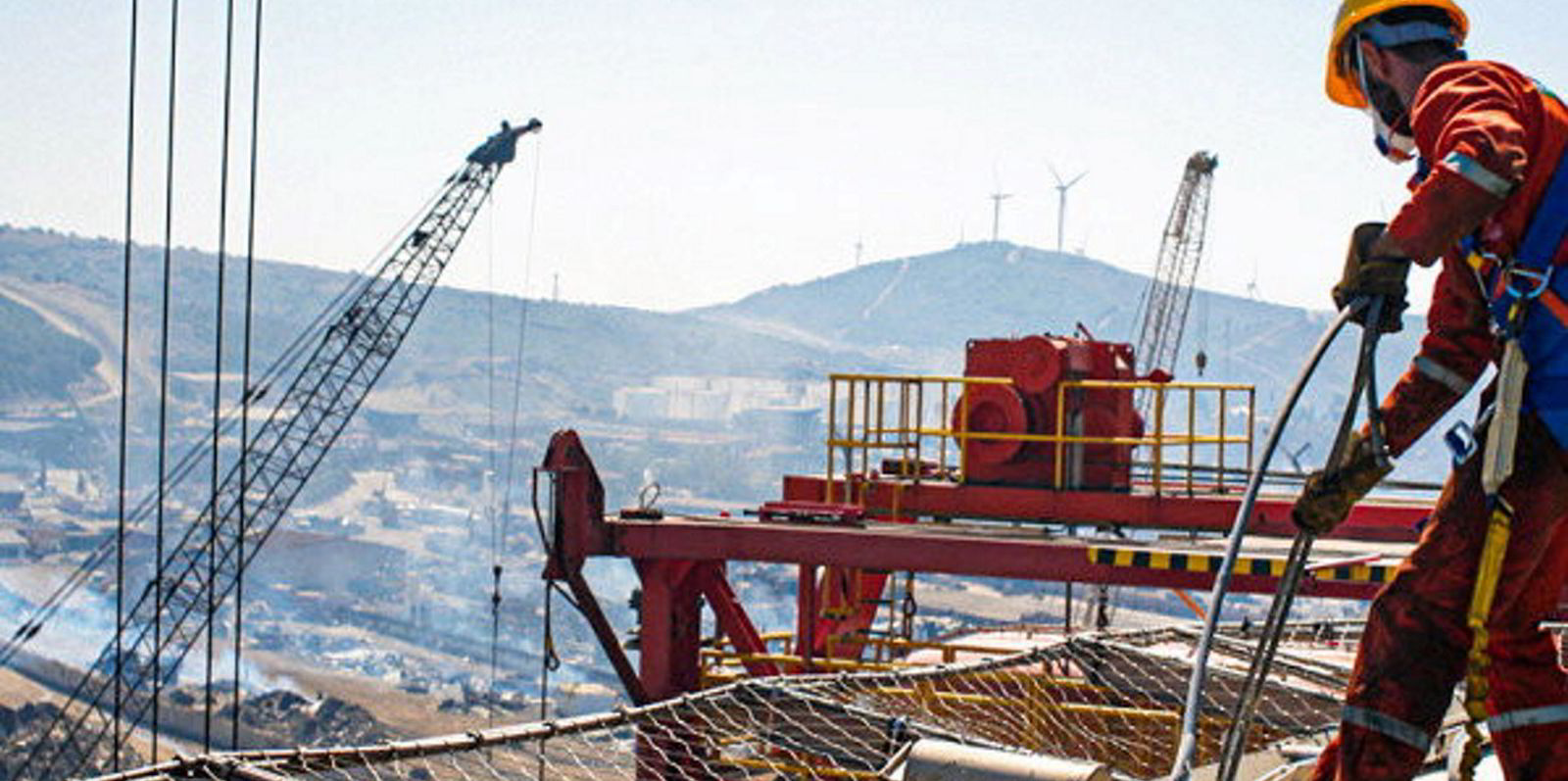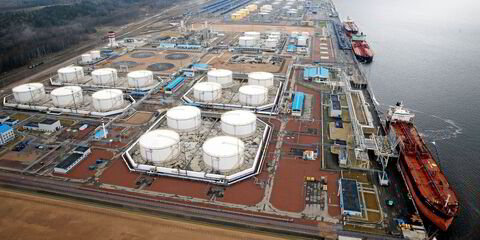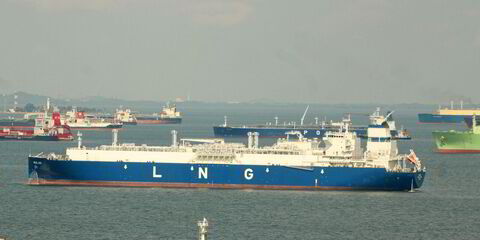A raft of veteran capesize bulkers have gone for scrap in the last year, but we are unlikely to see many more in the foreseeable future, a top shipbroker has said.
Some 34 capesizes of over 20 years of age have been scrapped over the past 12 months, according to Simpson Spence Young (SSY).
At the end of July, there were just 39 capesizes, totalling 6.6m dwt, that were built in 2001 or earlier that are still trading.
By comparison, 12 months ago there were as many as 73 capesizes of 15.1m dwt in service that were built in 2001 or earlier, equivalent to 4.2% of the fleet in dwt.
At the end of July 2019, the figure stood at 108 vessels of 23m dwt, which represents 6.8% of the trading fleet, the shipbroker said in its latest monthly report.
SSY said the impact is even more pronounced for capesize tonnage delivered in 1996 or earlier, which numbers just four vessels at present, compared with 25 a year ago.
Equally dramatic is the number of converted ships in operation, which has shrunk from 46 vessels of a combined 12.6m dwt at the start of 2019 to just two ships, both of which now operate in the Guinea-to-China bauxite trade.
“This is largely the result of the removal of the elderly VLOC fleet converted from single-hull VLCC oil tankers,” SSY said.
“The phase-out of conversions on Vale’s iron ore trades was completed with the last cargo discharge in December 2020, following amendment or early terminations of contracts with Vale.”
SSY said the average age of scrapped capesizes since the start of 2019 was 24 years of age.
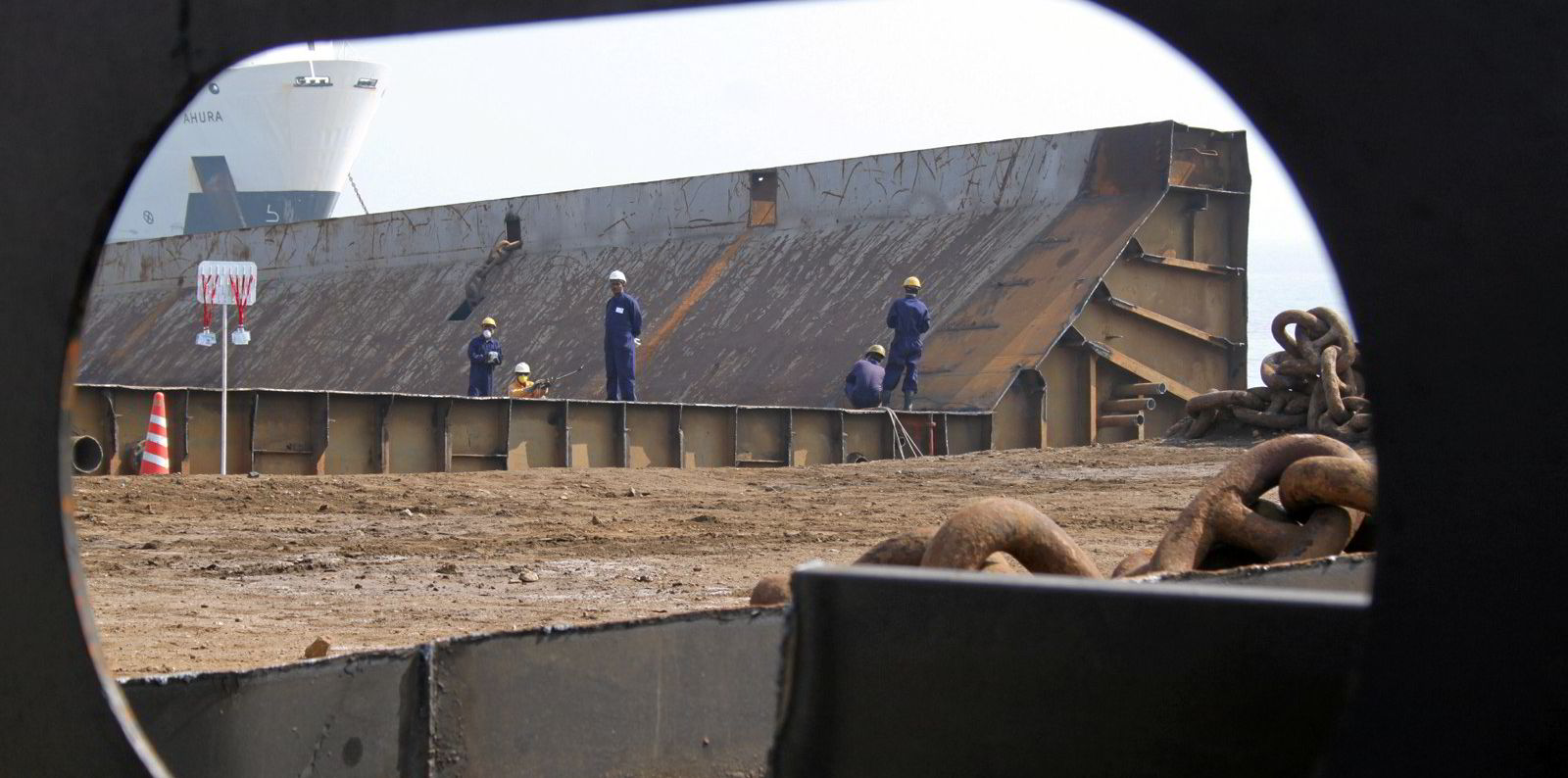
However, for further demolition to take place, SSY said the average age of scrapped vessels would have to reduce, bringing it in line with previous trends.
“During the previous demolition upturn of 2016, for example, the average age of a scrapped capesize vessel was 20 years of age,” the shipbroker said.
Strikingly, SSY said the capesize fleet has the smallest proportion of older tonnage in service of the four main bulker sizes.
“After several years of minimal demolition activity involving vessels from the panamax fleet, there are still some 364 panamaxes of 27.1m dwt built in 2001 or earlier in service, which represents some 11.5% of the trading panamax fleet in deadweight terms,” the broker said.
“Furthermore, the equivalent percentages for the handymax and handysize fleets are 9% and 14% and numbering 409 and 562 vessels, respectively.”
Even with demolition prices on the Indian subcontinent at their highest level since 2008, SSY said there are few incentives at present for bulker owners to scrap given such strong trading conditions and secondhand sale-and-purchase market.
Indeed, SSY said May to July 2021 inclusive marked the lowest three-month sequence for dry bulk carrier deletions since 2018.
In addition, there are just 10 bulkers recorded as sold for scrap, although, crucially, these are still to arrive at the breakers’ yards, the shipbroker added.
“Confirmed year-to-date deletions from the bulker fleet are running at 6.4m dwt, behind last year’s corresponding pace of 7.6m dwt,” the company said.
